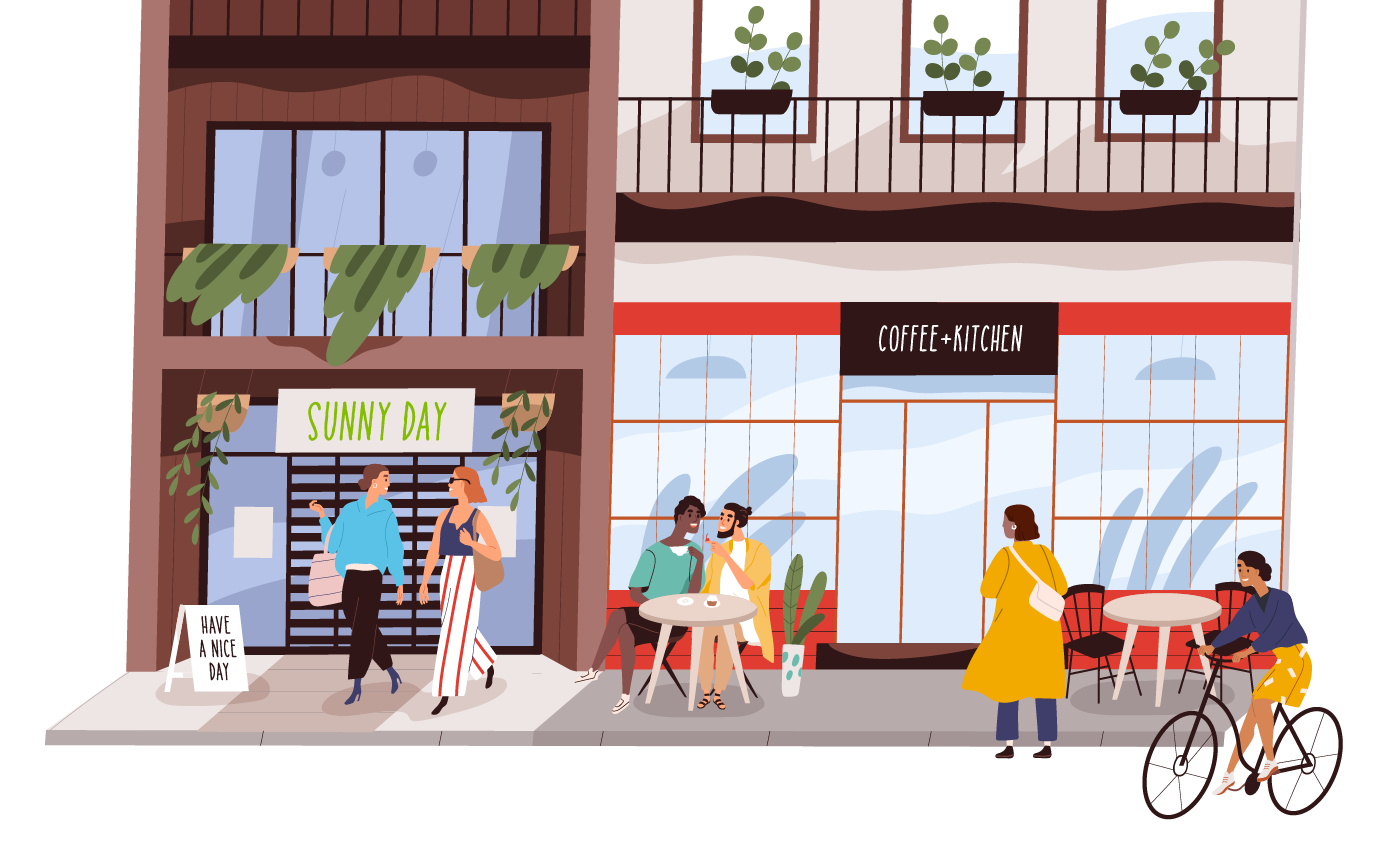Survey at a Glance:
- Over 70% of consumers have no concerns about returning to in-store shopping, a 2.4x increase from our September 2020 holiday data.
- The top three measures retailers can implement to make shoppers feel more comfortable shopping in-store include frequent sterilization of store premises, curbside pickup, and requiring associates to wear masks.
- Younger consumers expressed a stronger preference for BOPIS, curbside pickup, and contactless payment options.
- 64% of shoppers said a negative in-store experience would prevent them from shopping with a retailer again in the future.
- 84% of shoppers would feel a moderately or significantly stronger affinity for a retailer if asked to participate in a secret shopper mission to improve their customer experience.
We all know that ecommerce skyrocketed in 2020, thanks to the COVID-19 pandemic. Forrester reported gains of 30% year over year for ecommerce sales.
With this backdrop on top of clear and consistent year-on-year ecommerce growth the norm prior to the pandemic, it’s hard to forget just how dominant the store was and continues to be in US retail.
So what’s the long-term outlook for brick and mortar retail? Healthier than ever, also according to Forrester. The market research firm predicts in-store shopping will continue to dominate retail, accounting for 72% of all sales in 2024.
To capture their slice of the sales, retailers must provide an in-store experience that makes customers feel safe and valued. The pandemic introduced several changes to the in-store experience, many of which shoppers would like to continue.
To help retailers succeed, we surveyed 7,668 shoppers from age 18 to 80 to see how they really feel about going back to the store — and what retailers can do to earn their loyalty, and their dollars.
Are Consumers Ready to Return to In-Store Shopping?
The Data Says Yes.
In a stark reversal from our Holiday Consumer Survey from September 2020, when only 30% of shoppers were comfortable shopping in-store, 71% of consumers now say they have no concerns about shopping in-store. That’s more than a 2x increase!
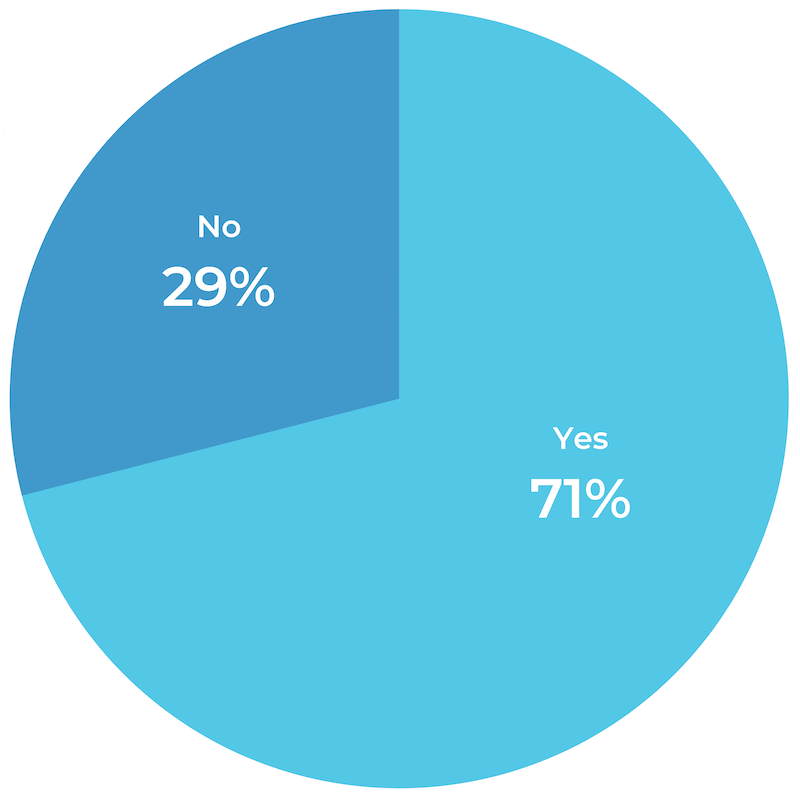
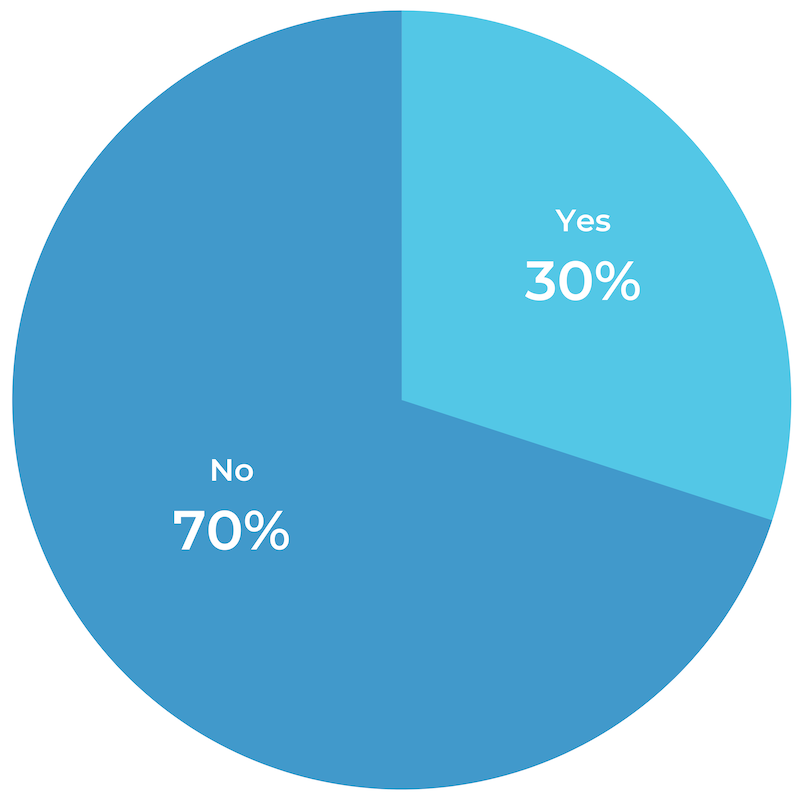
Across generations, Americans are ready to shop in-store again. There were more regional differences, however, with Midwest shoppers being the most eager to return to in-store shopping (75%) and Northeast shoppers being the least eager (67%).
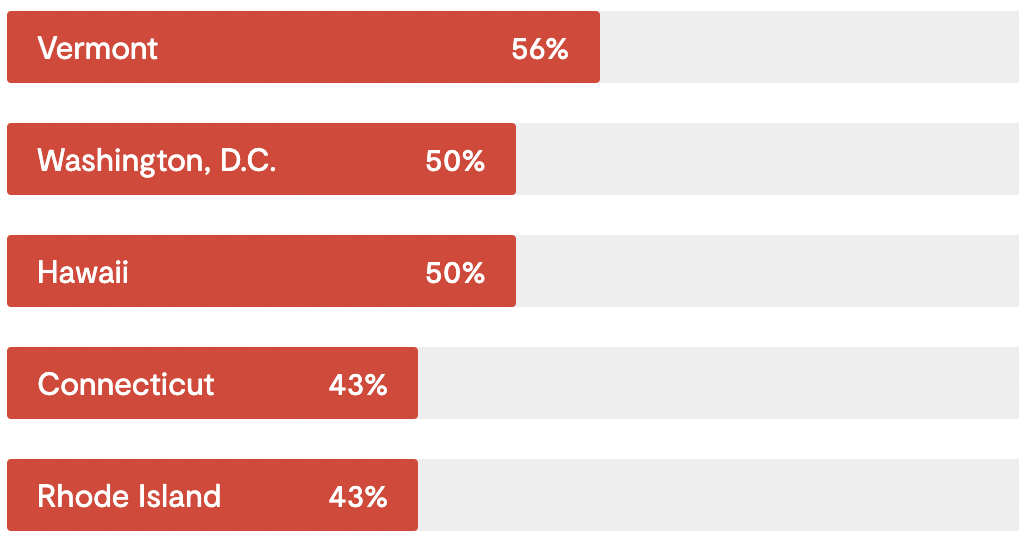
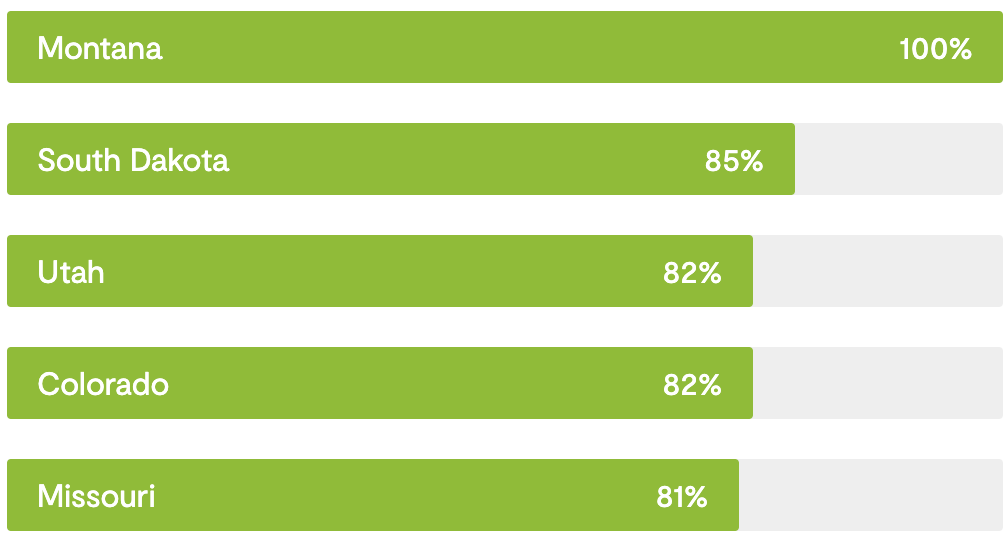
What Can Retailers Do to Make Shoppers Feel More Comfortable In-Store?
When asked what measures retailers needed to take to make them feel safe to return to shopping in store, 44% of shoppers said none are necessary (i.e. that they feel comfortable shopping in a typical pre-pandemic store environment without any safety measures).
For these shoppers, there’s nothing a retailer needs to do to convince them to return in-store – from a safety perspective at least. However, that still means over half (56%) of your customers would prefer you take at least some measures to ensure their safety and comfort.
What are those measures, exactly? The top three most requested measures include frequent sterilization of store premises, curbside pickup, and associates wearing masks.
We asked consumers about these same measures in our Holiday Survey from September 2020. Across the board, all of these measures are less critical to consumers today. The biggest changes were in regards to measures for other customers. Today, only 25% of consumers still want retailers to restrict the number of customers in-store, a drop of 55% from last year’s survey. And only 38% expect other customers to be required to wear masks, a drop of 43% from last year’s survey.
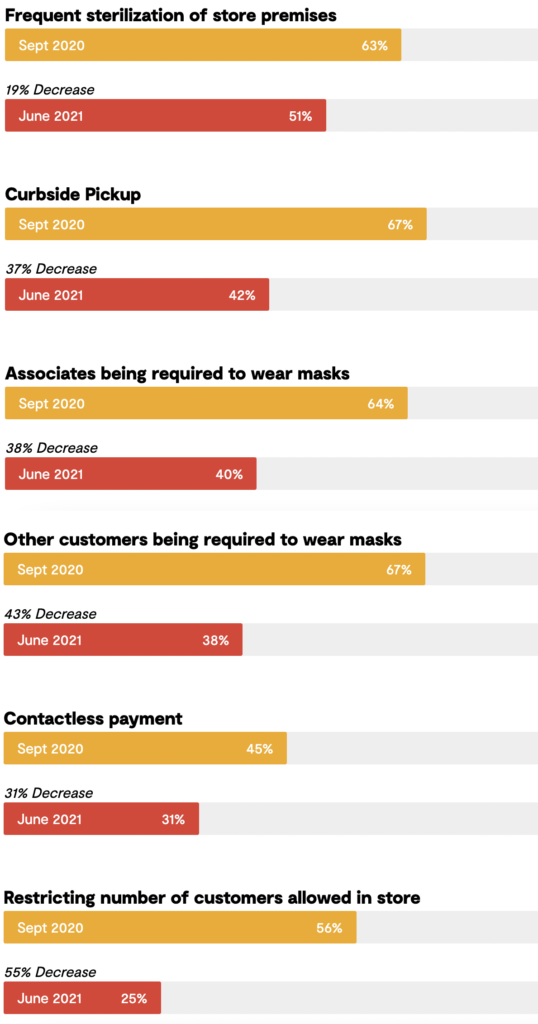
In-Store Shopping Preferences by Generation
At 47%, Gen Xers were the most likely to say they feel completely safe returning to in-store shopping, while Boomers, at 41%, were the least likely.
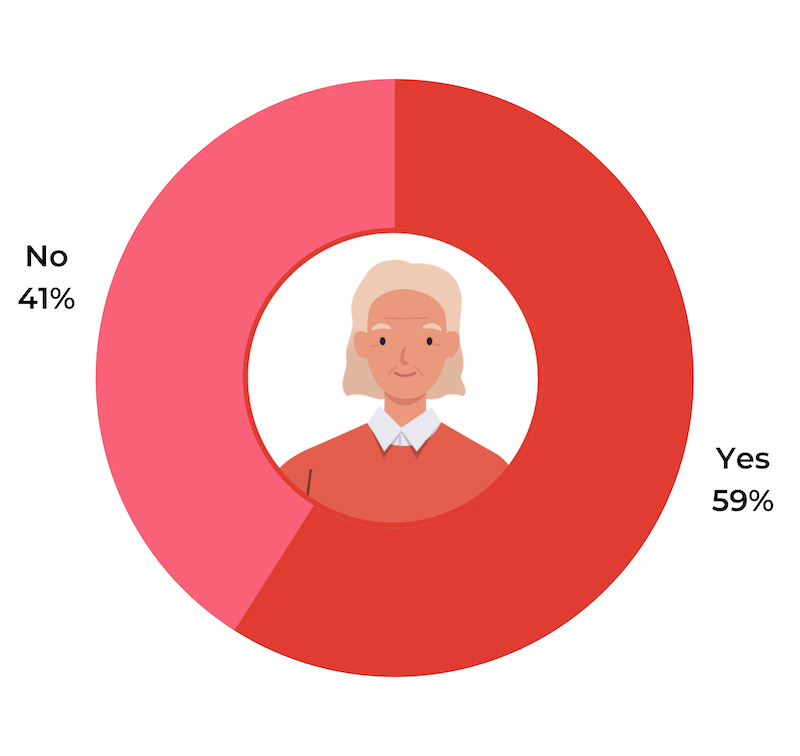
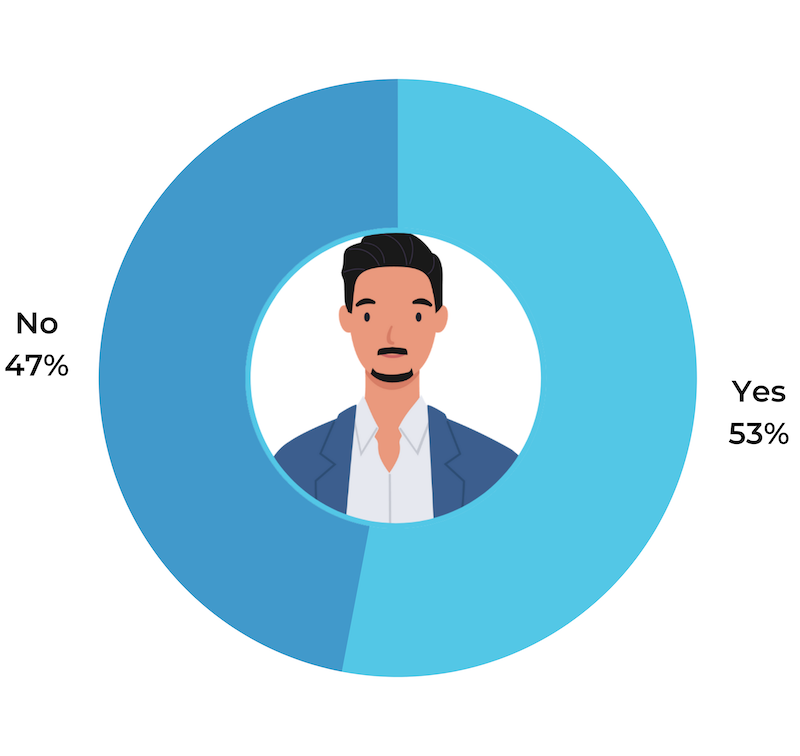
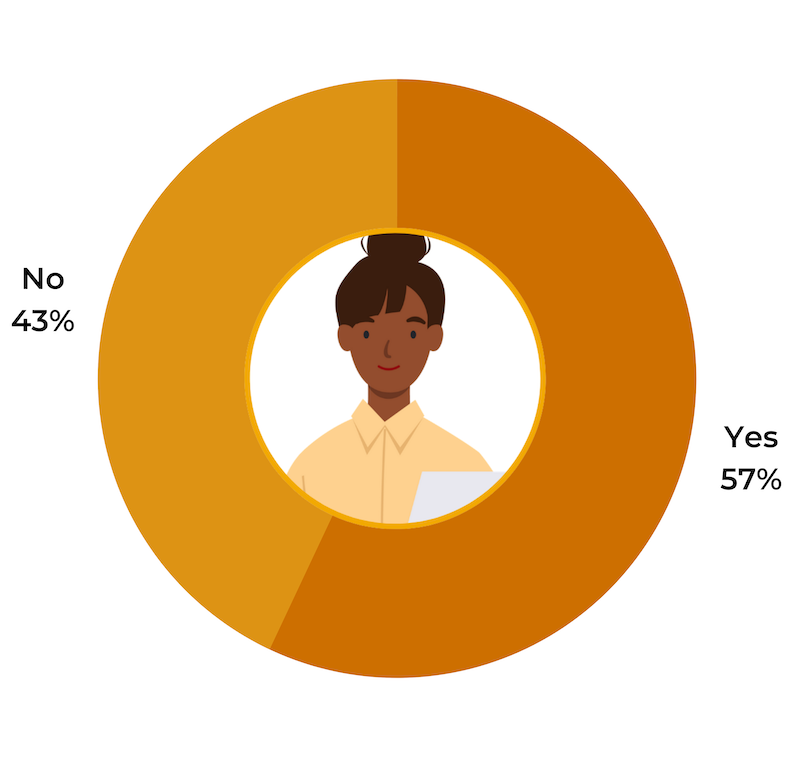
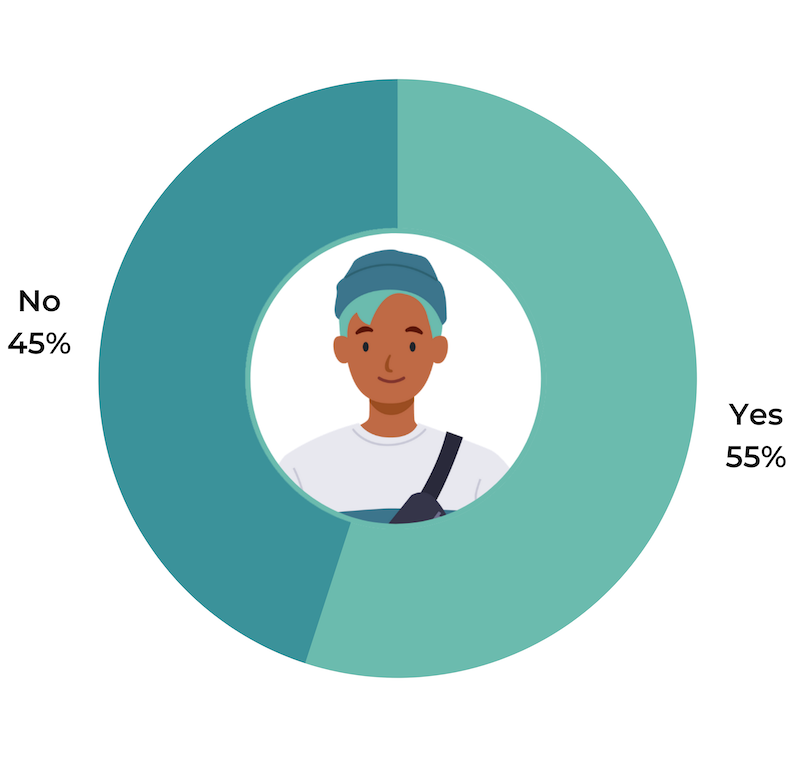
There’s a clear trend between consumer age and prefered safety measures, with younger consumers expressing a stronger interest in contact-free pickup options like Curbside Pickup and Buy Online Pickup in Store (BOPIS). For example, Millennials were 42% more likely to express interest in curbside pickup than Boomers, and more than 50% likely (53%) to express interest in BOPIS than Boomers.
Mask Up, Say Gen Z Consumers
Across generations, Gen Zers were most in favor of mask wearing, by both store associates and other customers. Gen Xers, on the other hand, were the least concerned about masks. Over 50% of Gen Zers want other customers to keep their masks on, making them 34% more likely than the overall average and 50% more likely than Gen Xers. Nearly half (48%) of Gen Zers would also like store associates to wear masks.
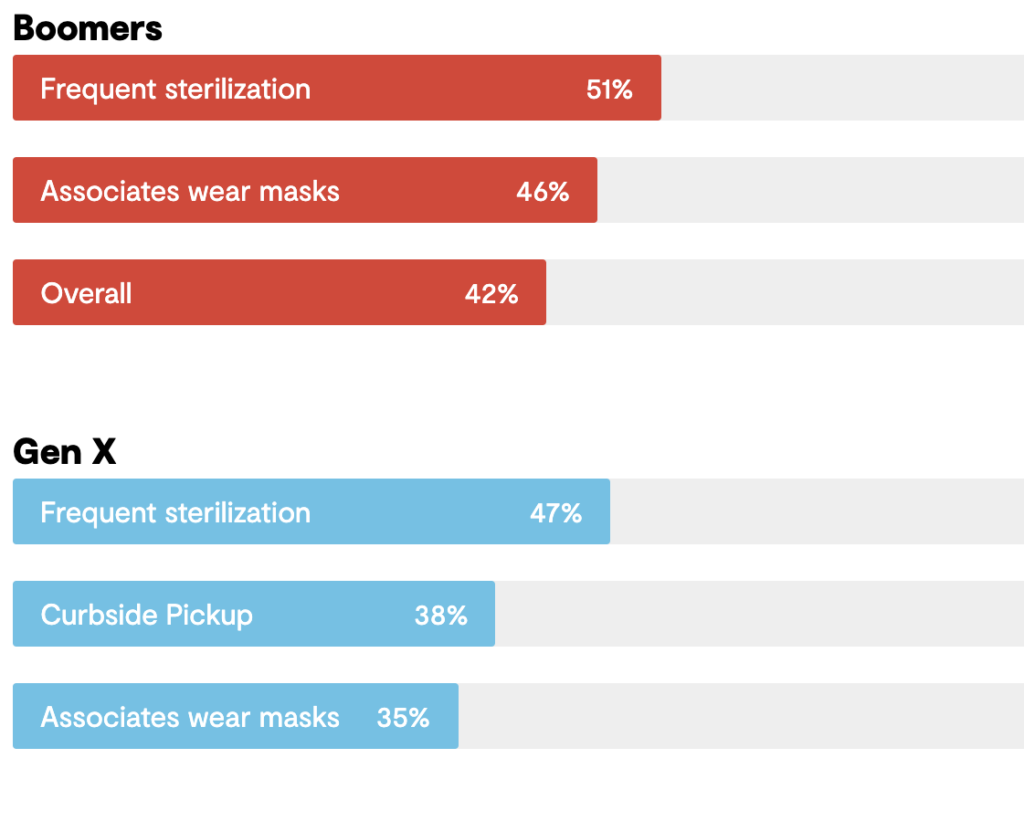
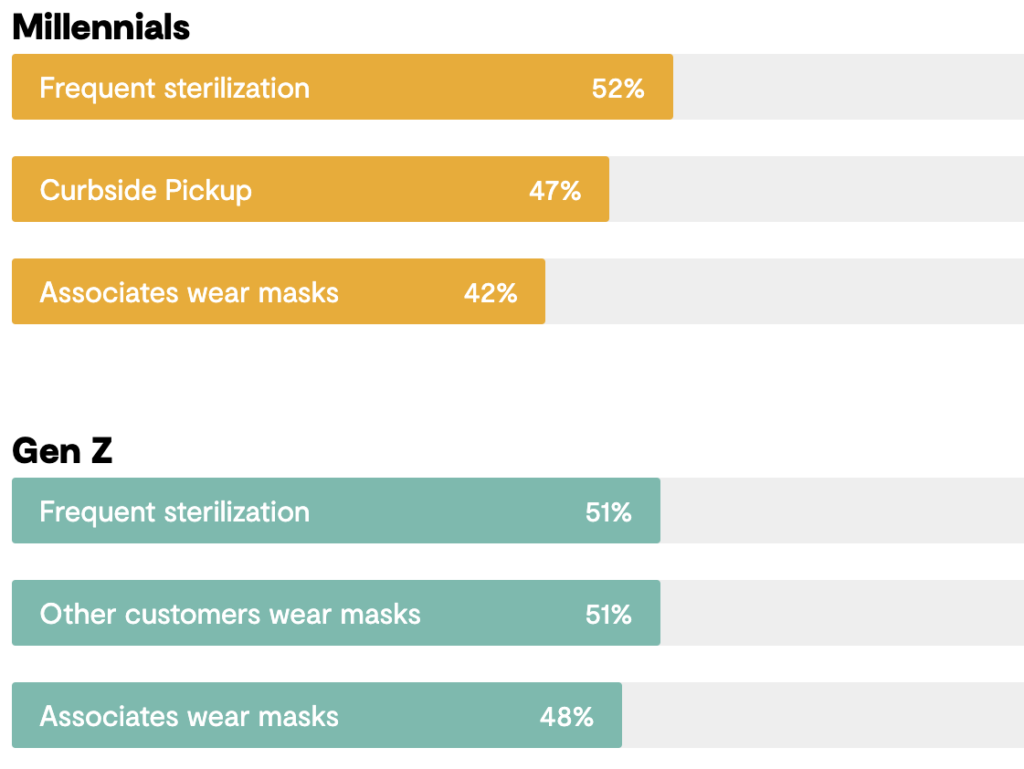
Contactless Payment a Hit With Millennials
Millennials were the biggest fans of contactless payment options, with 33% expressing interest, compared with 29% of Gen Xers, 29% of Boomers, and only 24% of Gen Zers.
However, it is important to note that the preference for contactless payment may be a reflection of the overall shift towards convenient, frictionless, tech-enabled retail solutions. The safety concerns of the pandemic may have simply accelerated this trend.
Consumer Demand for BOPIS and Curbside Pickup Continues to Increase
What else can retailers do to bring shoppers back in-store? Offer flexible, convenient pickup options.
A clear majority of shoppers said that services like BOPIS (buy online, pickup in store) and curbside pickup made them more likely to visit a store.
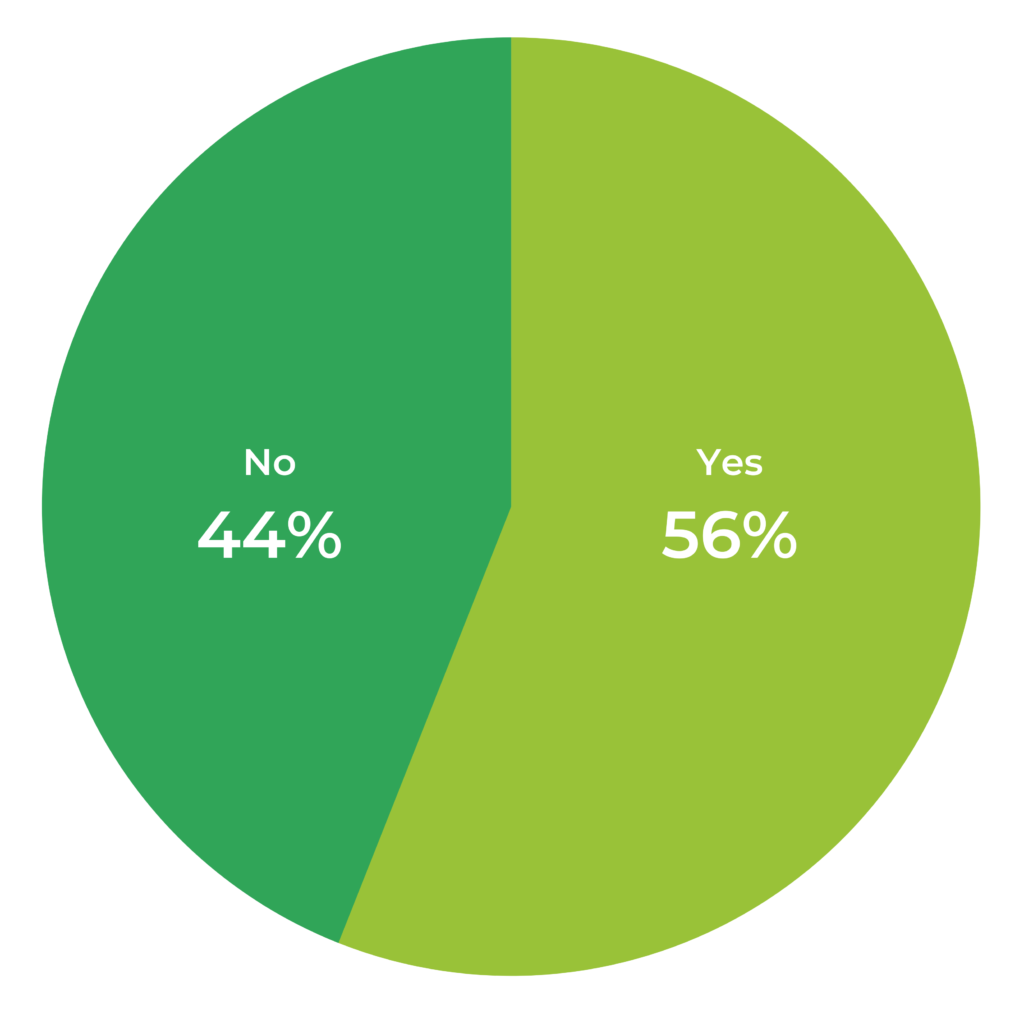
As we mentioned earlier, BOPIS and Curbside Pickup had the greatest pull for Millennials, with two in three (63%) of these shoppers expressing interest in these services, compared with only 39% of Boomers. However, considering that Millennials and Gen Z are poised to represent the majority of consumers in the very near future, retailers should take appropriate steps now to ensure they’re offering the services these shoppers demand.
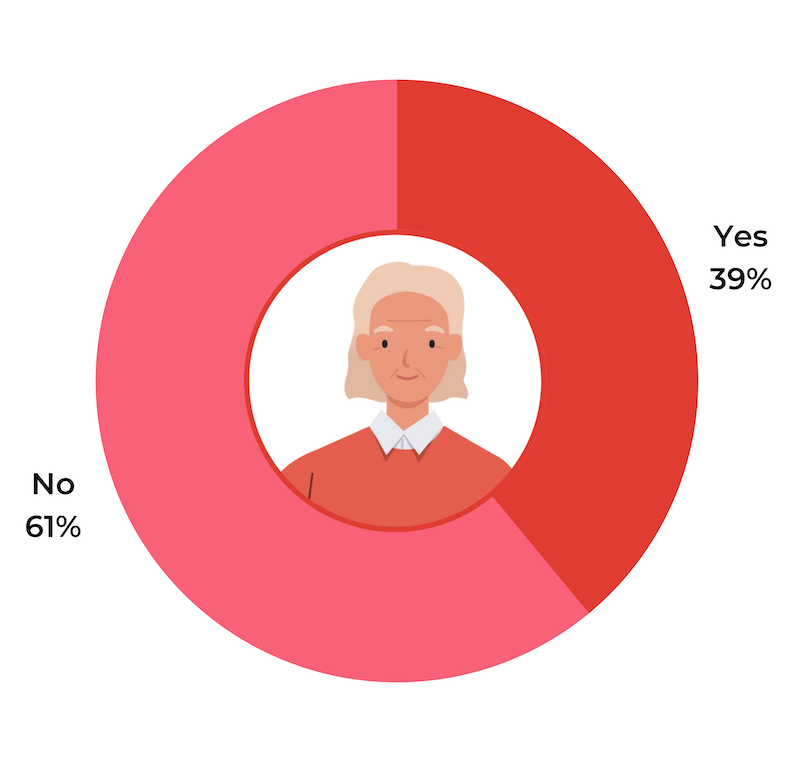
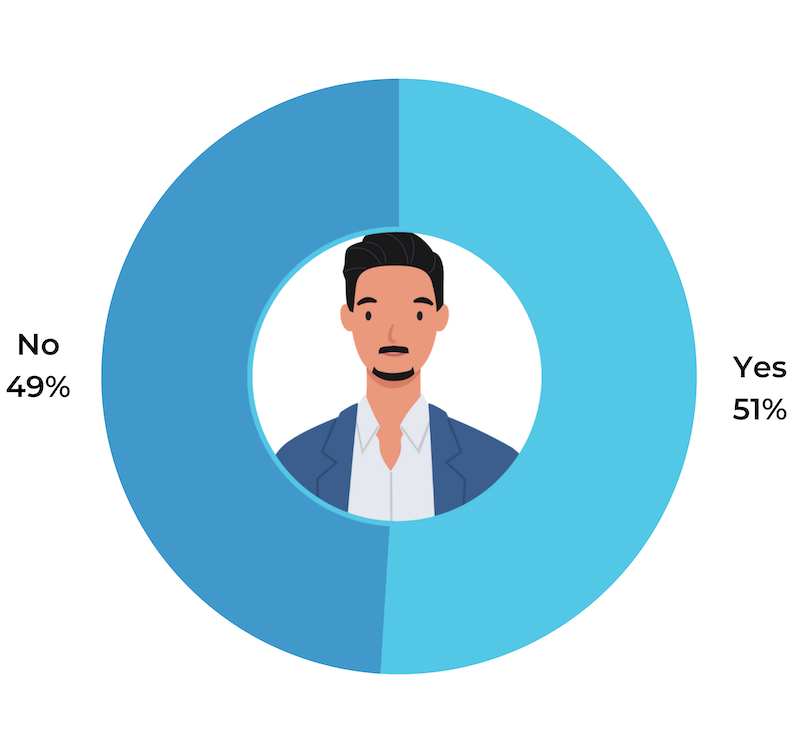
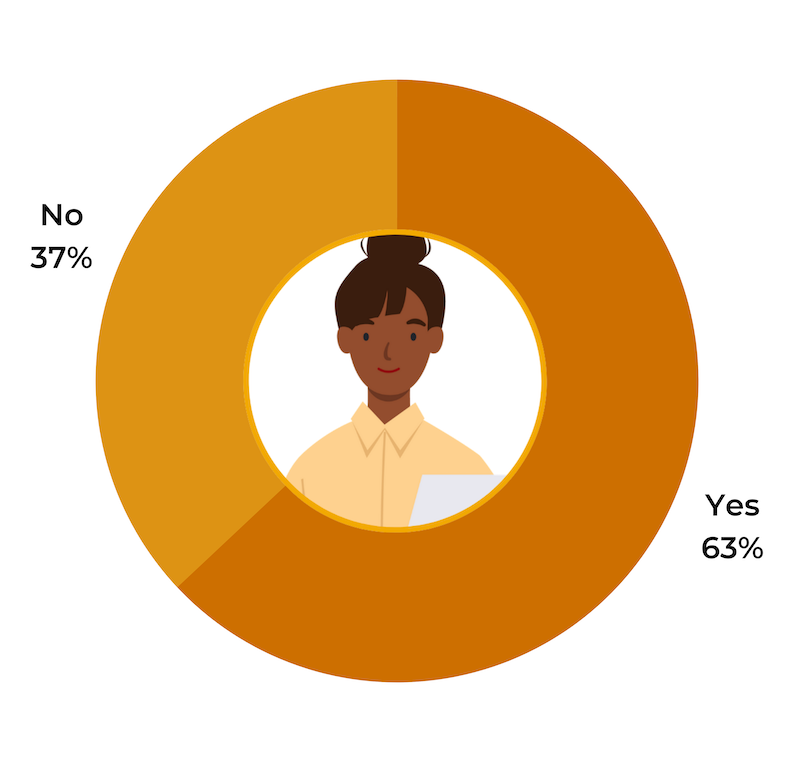
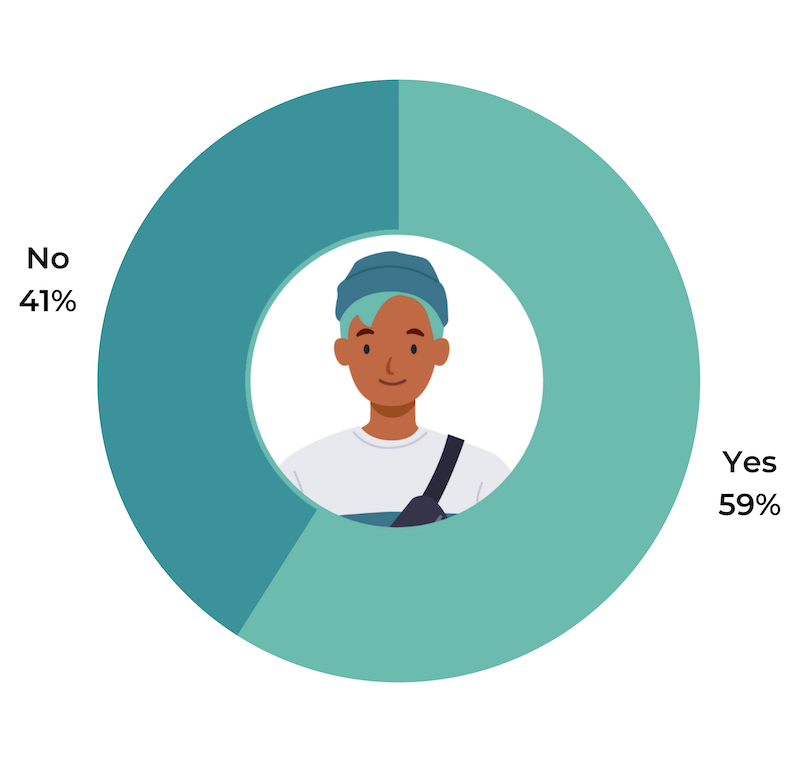
BOPIS and Curbside Pickup services were also more attractive to higher income shoppers, with 63% of those making $100K or more saying it would make them more likely to visit a store, compared with only 49% of those making $25K or less.
Providing a Positive In-Store Experience: The Stakes Are High
What’s at stake if you don’t provide a positive in-store shopping experience? Losing a customer.
Overall, 64% of consumers said a negative in-store experience was enough to stop them shopping with a retailer again.
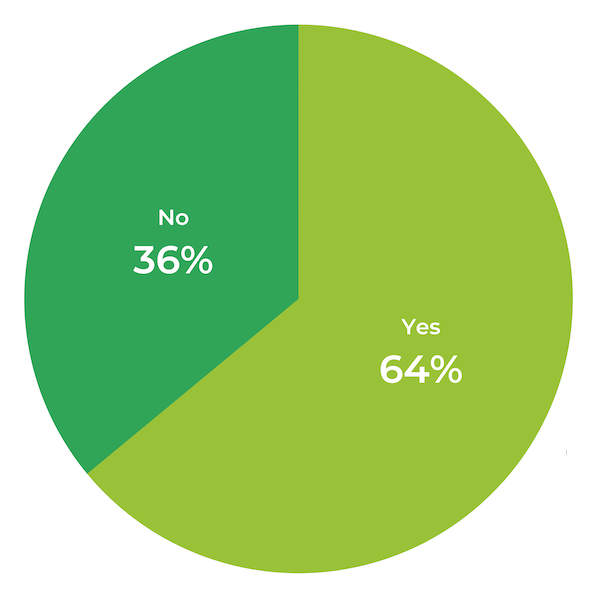
Millennials and higher-income shoppers were the most likely to stop shopping at a retailer altogether if they had a negative in-store experience.
At 66%, Millennials were the most likely to stop shopping at a retailer in the future if they had a negative in-store experience, followed by Gen Xers at 64%.
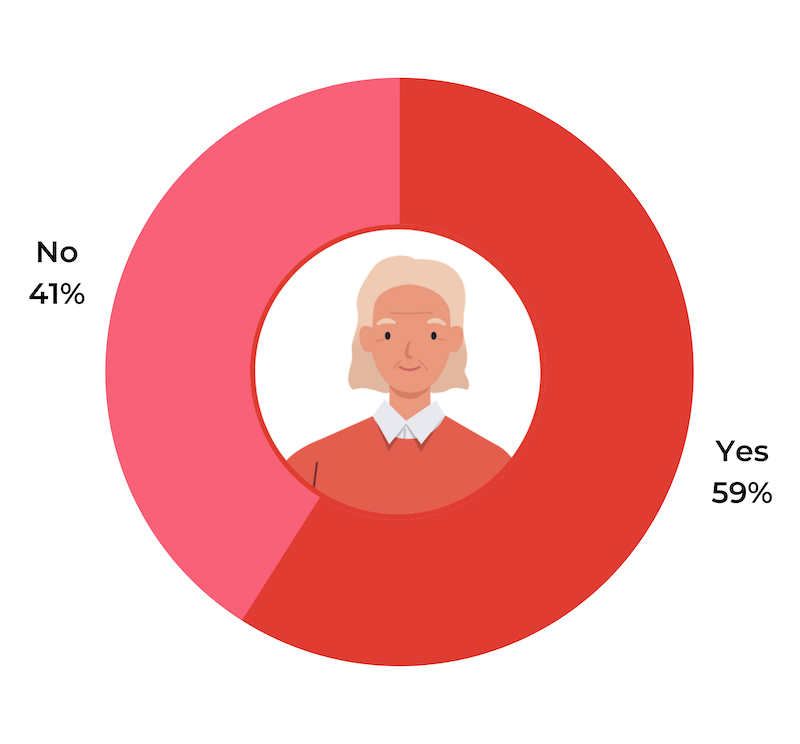
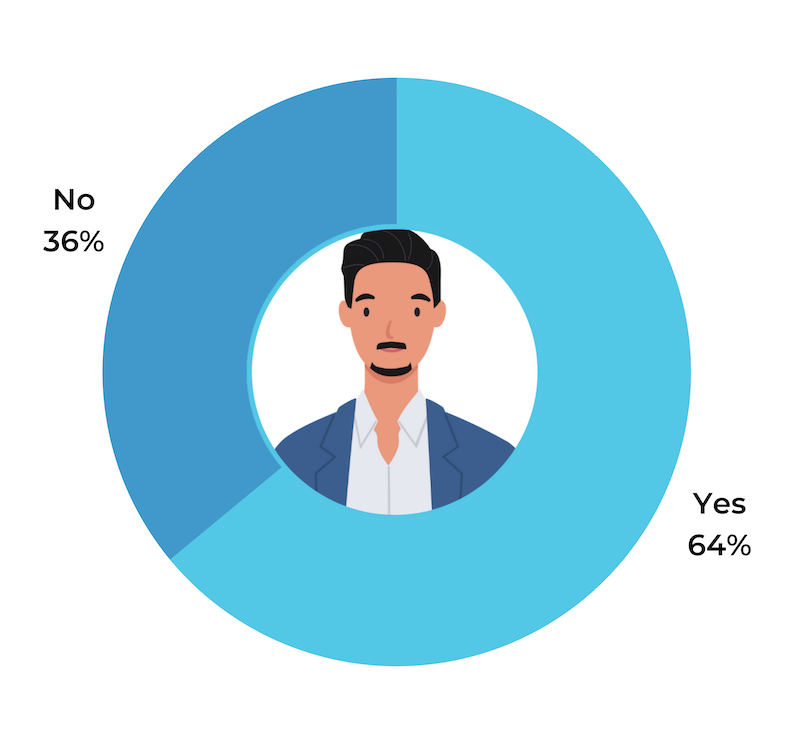
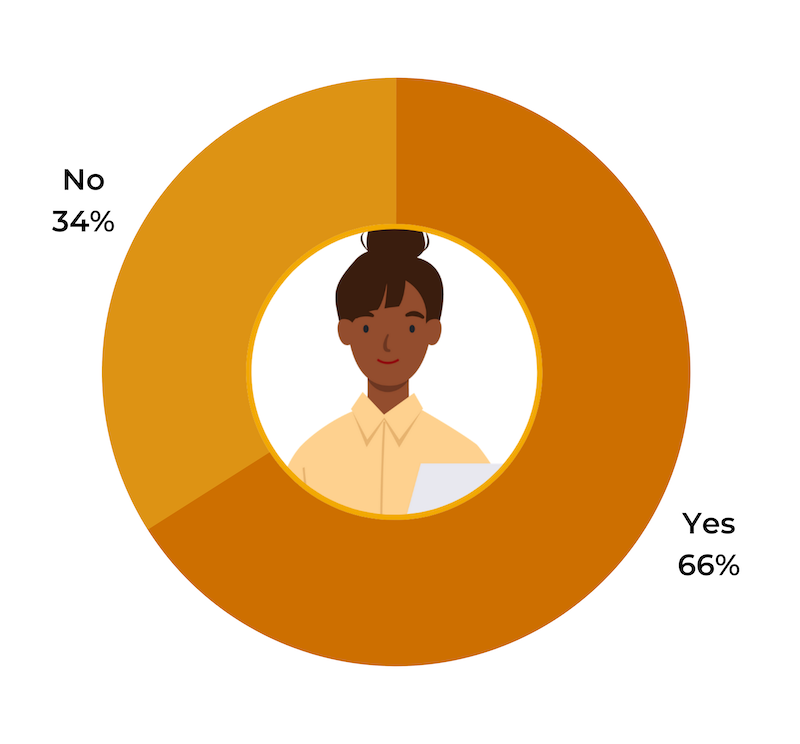
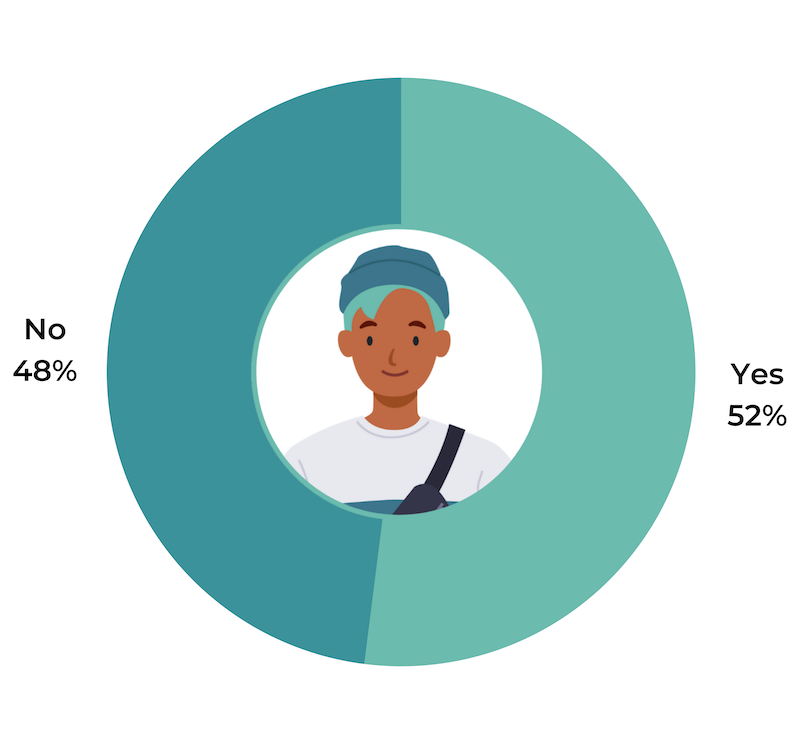
Higher household incomes also correlated with an increased demand for positive store experiences. Shoppers with the highest household incomes were the most likely to stop shopping at a retailer if they had a negative in-store experience. This may be explained by the fact that many retailers who cater to a demographic with higher household incomes are more likely to have a value proposition focused on providing a premium customer service experience. If these retailers fail to deliver on that promise, they could lose the shopper entirely.
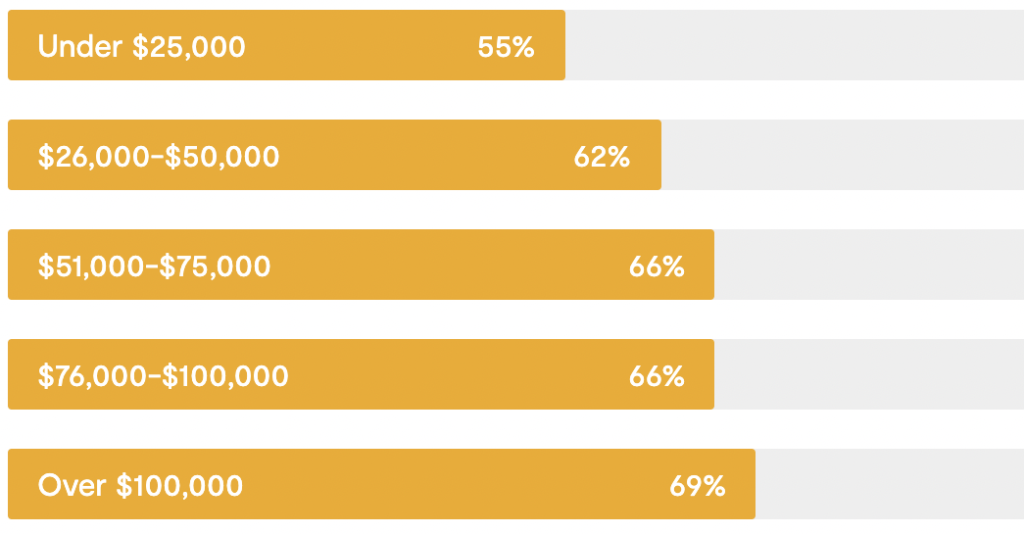
Customer Feedback Helps Retailers Stay Ahead in an Ever Evolving Post-COVID Landscape
Retailers need to know their shoppers’ preferences in order to succeed. Regularly collecting customer feedback is a retailer’s best tool for staying on top of consumer demand and competing in a crowded retail landscape.
The good news is customers love it when you ask for their feedback! The vast majority of shoppers (88%) agree that when a retailer asks them to provide feedback, it positively impacts their perception of the retailer.
Specifically, when a retailer asks for feedback on the shopping experience, shoppers say:
At 79%, Boomers were the most likely to say a request for feedback shows that the retailer cares about their customers and their experience. It’s worth noting that even the generation that felt the least strongly about this — Gen Zers, at 70% — had an overwhelming majority say it showed a retailer cares about their customers and experience.
Mystery Shoppers: A Retailer’s Secret Weapon
Clearly, consumers appreciate being asked for feedback. And according to our data, many of them are willing to do much more than answer a simple survey. Not only did a majority of consumers express a strong interest in being “secret shoppers” for a retailer, they said it would actually improve their perception of that retailer.
84% of shoppers would feel a moderately or significantly stronger affinity for a retailer if asked to participate in a secret shopper mission to improve their customer experience. Less than 2% would feel more negatively towards that retailer.
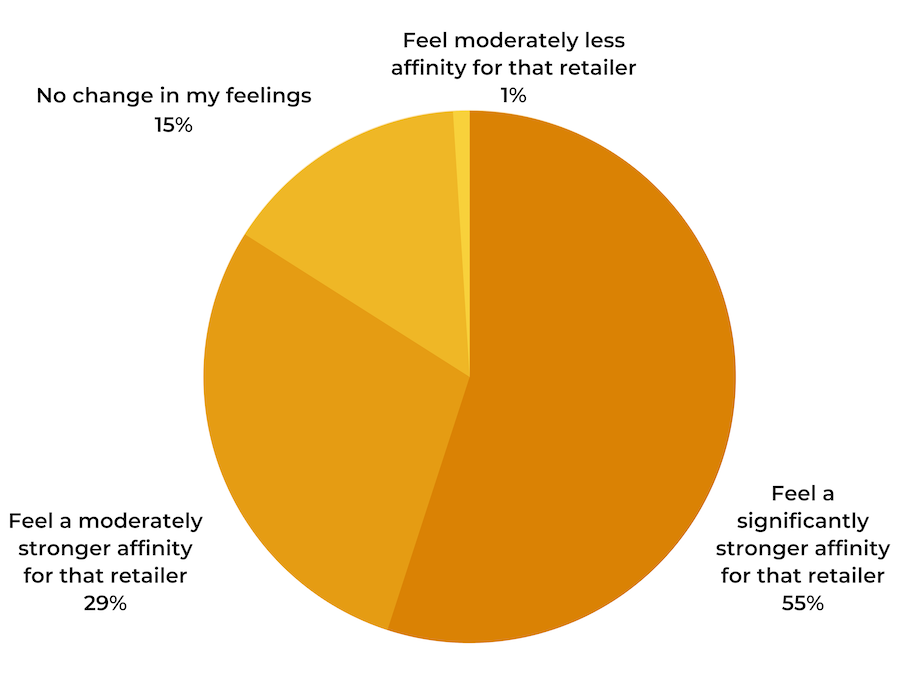
Secret shopper-style missions have a greater impact on younger generations, particularly Millennials. Millennials and Gen Zers were both significantly more likely to say they would feel a significantly or moderately stronger affinity for a retailer if asked to participate in such a mission.
However, even if you currently cater to a primarily more senior audience, asking for feedback won’t hurt. While only 47% of Boomers said it would make them feel a significantly stronger affinity, those who didn’t feel significantly stronger were most likely to say it would have no impact on their feelings towards a retailer. In other words, there is little to no downside to asking for their feedback, and doing so has the potential to strengthen the loyalty of almost 50% of your shoppers.
Your Customers Are Ready to Be Back In Stores.
Are You Prepared to Have Them?
Consumer shopping preferences are always changing. The COVID-19 pandemic only accelerated the latest set of changes. Whether it’s adapting to the preferences of different generations, or different household incomes, retailers must actively solicit feedback from their shoppers to keep them loyal.
With Store Experience Feedback from PowerReviews, the feedback process is easy. Our secret shopper solution empowers retailers to gather feedback through a gamified shopping experience that strengthens loyalty and drives revenue. Learn more here.

